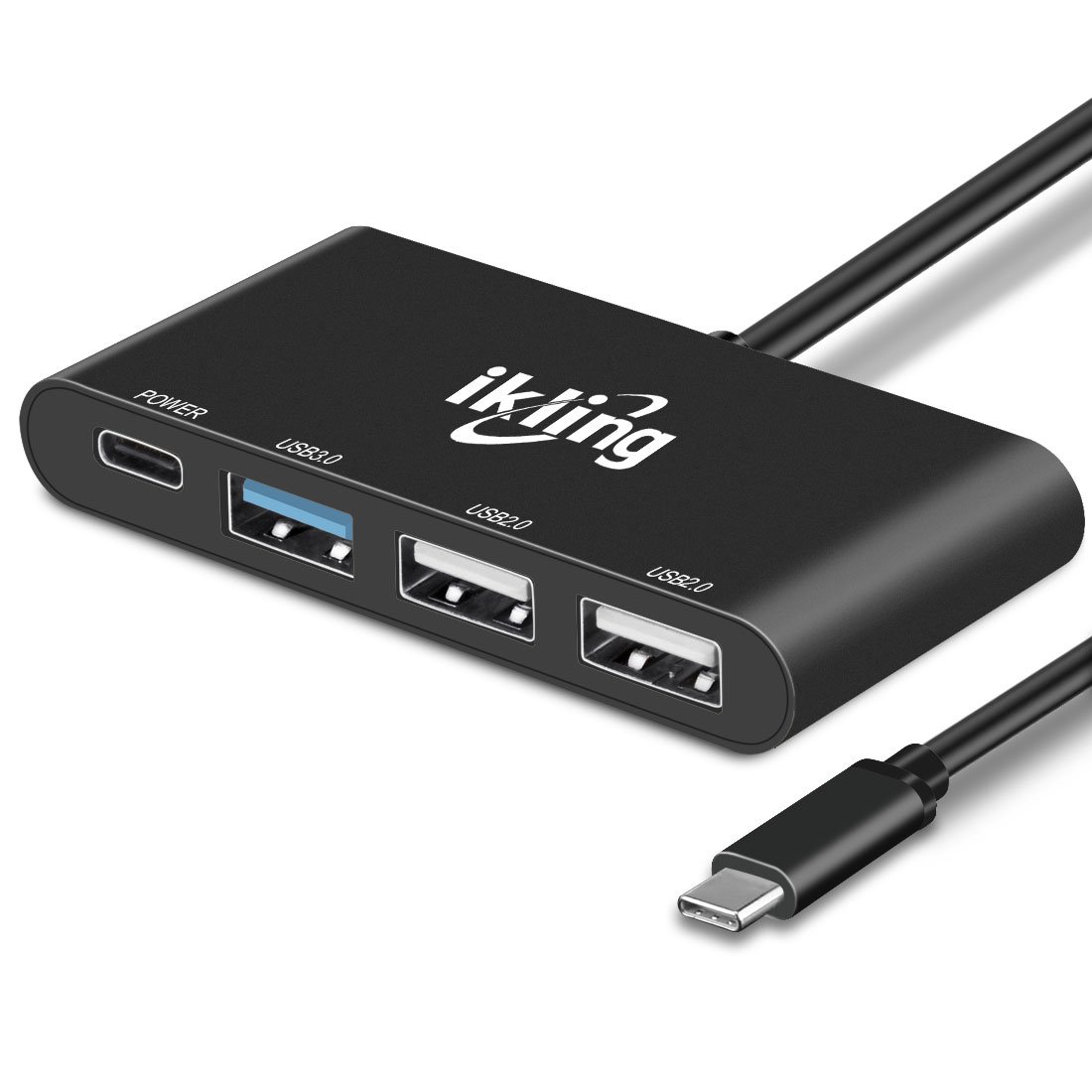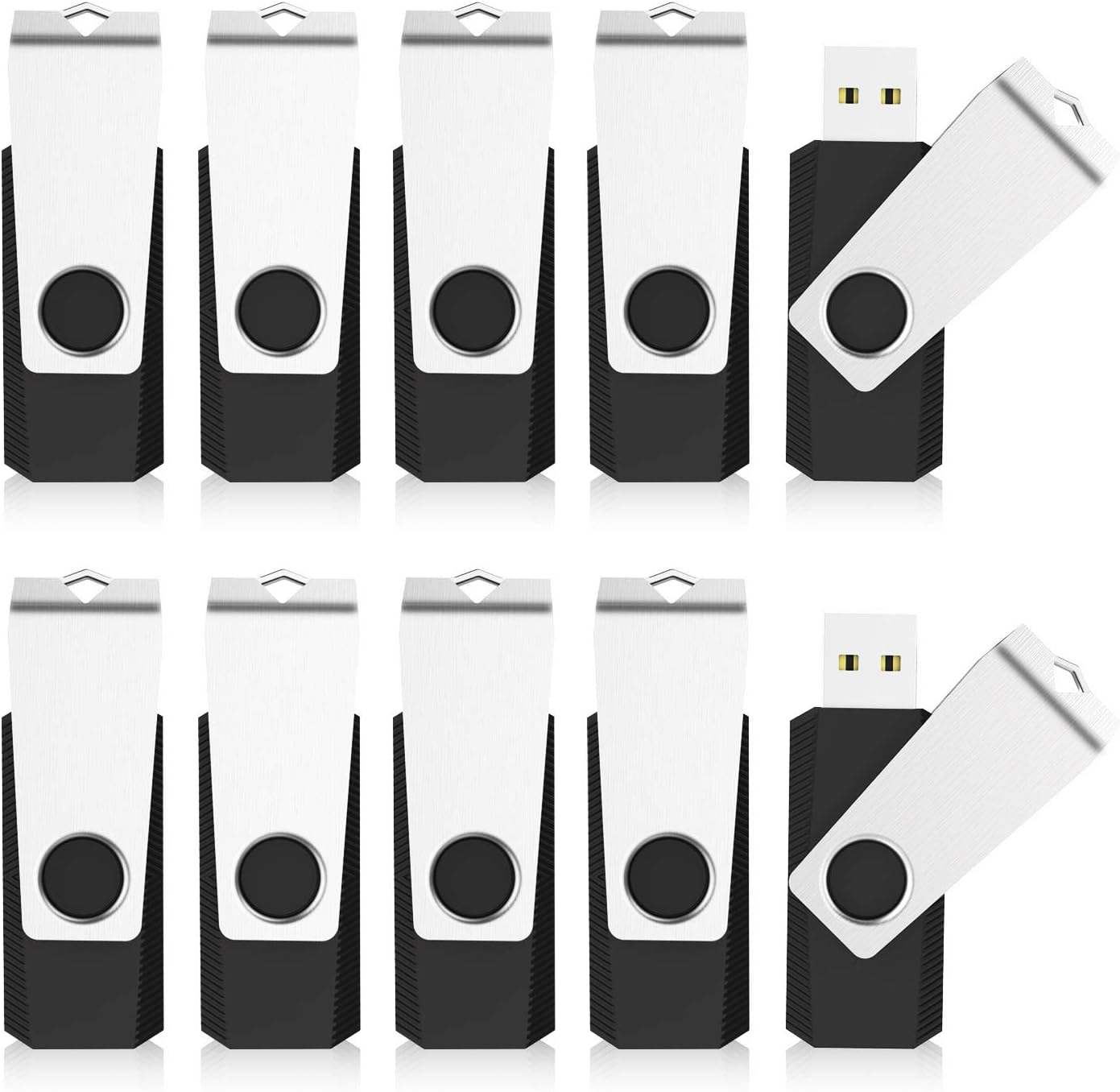In this article, I will discuss how to repair a corrupted USB flash drive and recover data from it.
Introduction to Fixing USB Ports

To fix USB ports, first, check if the USB port is physically damaged. Look for any visible signs of damage or debris that may be blocking the connection.
If the port appears to be fine, try using a different USB device to see if the problem lies with the port or the device itself. This will help you narrow down the issue.
If the problem persists, update the USB drivers on your computer. Sometimes outdated drivers can cause connectivity issues with USB ports.
You can also try restarting your computer to see if that resolves the issue. Sometimes a simple reboot can fix minor connectivity problems.
If none of these solutions work, you may need to run a malware scan on your computer to check for any malicious software that could be affecting your USB ports.
Preparing for Repair
- Back up your data:
- Before attempting any repair on your USB flash drive, it is important to back up any important data stored on it. This will ensure that you do not lose any important files during the repair process.
- Scan for malware:
- Run a full scan on your computer to check for any malware or viruses that may be causing the corruption on your USB flash drive. Remove any threats found before proceeding with the repair.
- Check for physical damage:
- Inspect the USB port and connector for any physical damage that may be causing the issue. If you notice any damage, consider getting professional help to repair it.
- Use a different computer:
- If your USB flash drive is not being recognized on your current computer, try plugging it into a different computer to see if it is a problem with the USB port or the drive itself.
Identifying the Issue
To identify the issue with a corrupted USB flash drive and recover data, start by inserting the USB drive into a different port on your computer. If the drive is still not recognized, try using the USB drive on another computer to see if it works there.
If the drive is recognized on another computer, the issue may be with your computer’s USB ports. Check the Device Manager on your computer to see if the USB drive is listed there.
If the USB drive is listed in Device Manager but not in File Explorer, there may be a corruption issue. Try using data recovery software to retrieve the data from the corrupted drive.
If all else fails, consider contacting a professional data recovery service to attempt to recover the data.
Disassembling Your Device
| Step | Description |
|---|---|
| 1 | Unscrew the casing of the USB flash drive using a small screwdriver. |
| 2 | Carefully remove the casing to reveal the internal components of the flash drive. |
| 3 | Locate the PCB (Printed Circuit Board) inside the flash drive. |
| 4 | Identify the memory chip on the PCB where the data is stored. |
| 5 | Use a soldering iron to desolder the memory chip from the PCB. |
| 6 | Connect the memory chip to a USB memory card reader to access and recover the data. |
| 7 | Once the data has been recovered, solder the memory chip back onto the PCB. |
| 8 | Reassemble the casing of the USB flash drive and test to ensure it is working properly. |
The Repair Process
To repair a corrupted USB flash drive and recover data, follow these steps:
Step 1: Connect the corrupted USB drive to your computer.
Step 2: Open File Explorer and right-click on the USB drive.
Step 3: Select “Properties” and go to the “Tools” tab.
Step 4: Click on “Check” under Error Checking to scan and fix any errors on the drive.
Step 5: If the drive is still corrupted, use data recovery software like Recuva or EaseUS to retrieve lost files.
Step 6: If all else fails, consider formatting the USB drive to fix the corruption, but note that this will erase all data.
Reassembling the Device

To reassemble the device after fixing a corrupted flash drive and recovering data, carefully put back together all the components that were taken apart during the repair process. Make sure that each piece is correctly aligned and securely attached before proceeding.
Next, insert the flash drive back into the USB port of your computer to ensure that it is properly connected and recognized by the system. It is important to check that the device is functioning as intended before attempting to access any recovered data.
Once the flash drive is reassembled and connected to the computer, transfer the recovered data to a safe location on your hard drive or another storage device. This will help prevent any further data loss and allow you to access the files as needed in the future.
After confirming that the device is working properly and the data has been successfully recovered, you can safely eject the flash drive from the USB port and store it in a secure location. It is always a good idea to back up your important data regularly to avoid any future issues with data loss.
Concluding Steps and Thanks
After successfully fixing your corrupted flash drive and recovering your data, there are a few concluding steps to wrap up the process.
Firstly, make sure to safely eject your flash drive from your computer to avoid any data loss or corruption. This can usually be done by right-clicking on the drive in the file explorer and selecting the ‘Eject’ option.
Next, it’s a good idea to run a thorough antivirus scan on your computer to ensure that no malware or viruses were transferred from the corrupted flash drive. This will help protect your system and prevent any future issues.
Finally, we would like to extend our thanks for following this guide and successfully resolving the issue with your USB drive. If you found this article helpful, consider sharing it with others who may benefit from this information.
FAQ
Can a damaged USB be repaired?
A damaged USB drive can potentially have data recovered, but typically cannot be repaired due to physical damage to the storage chips inside.
